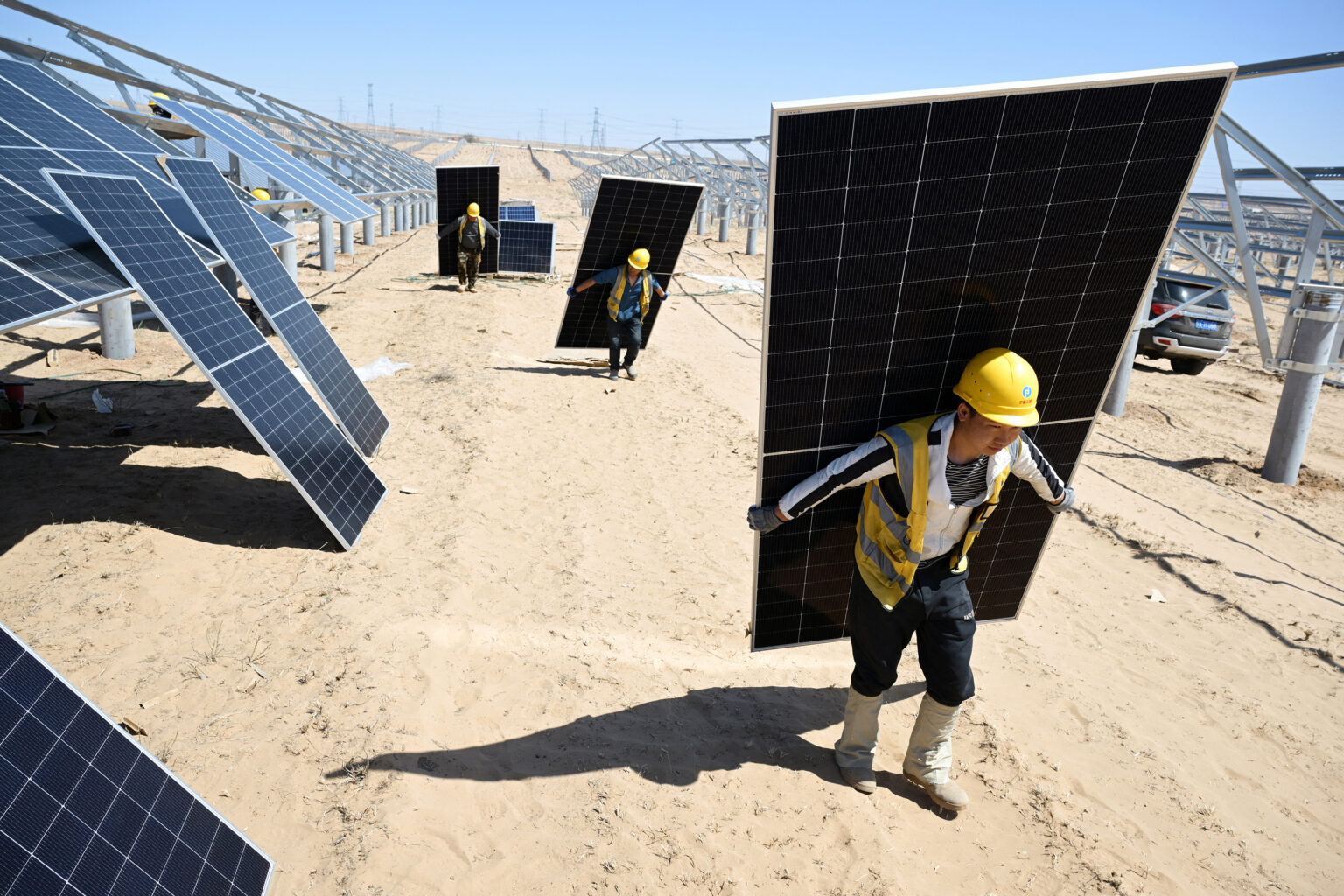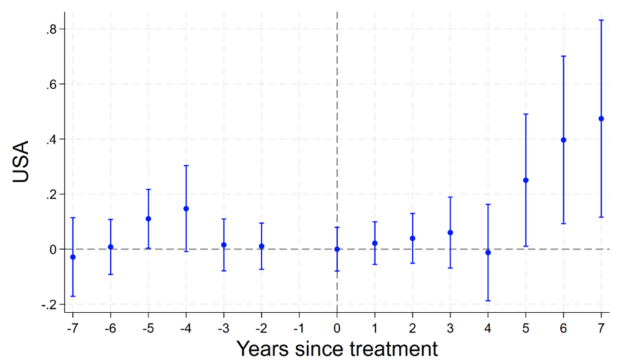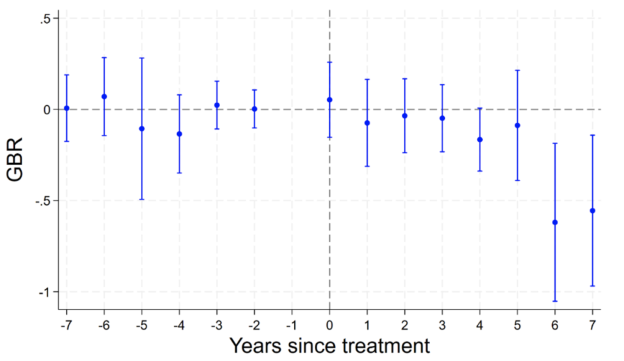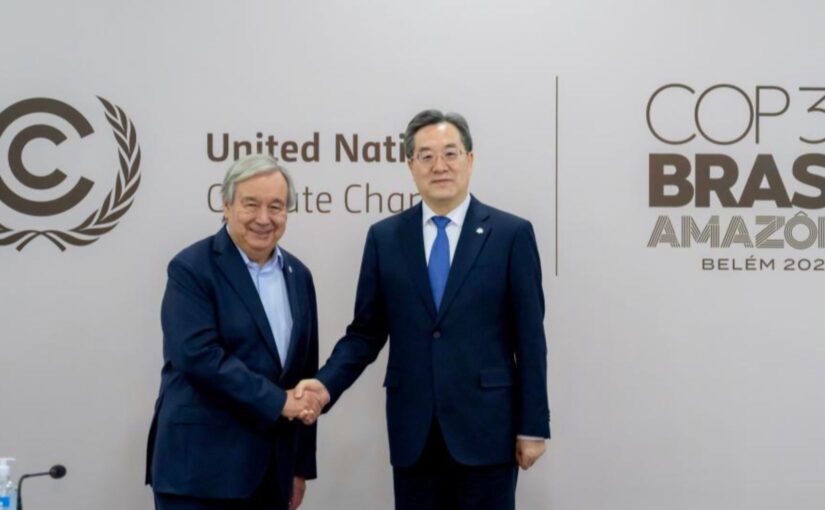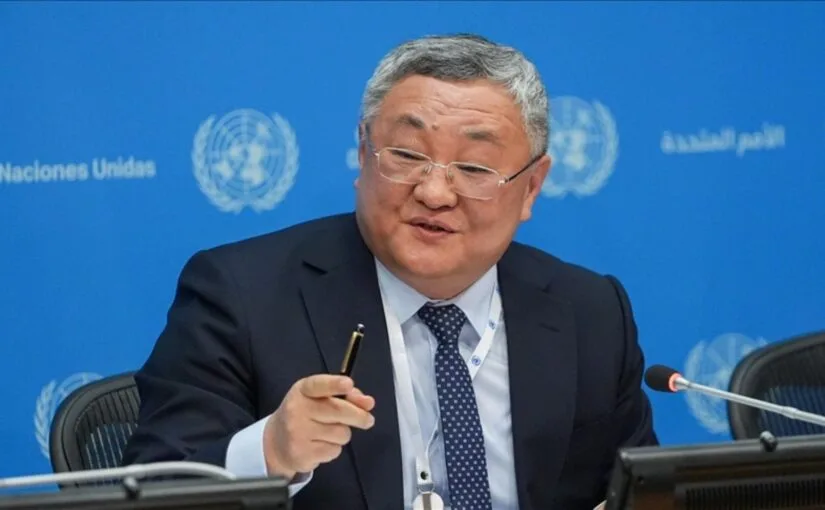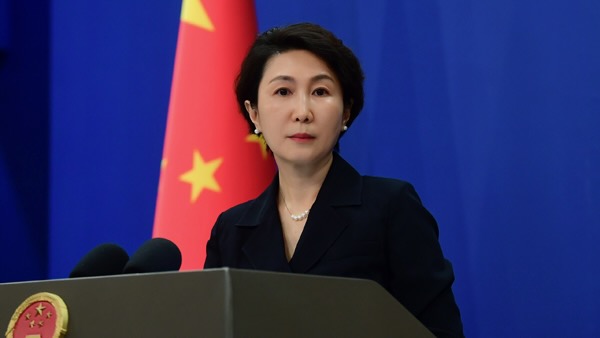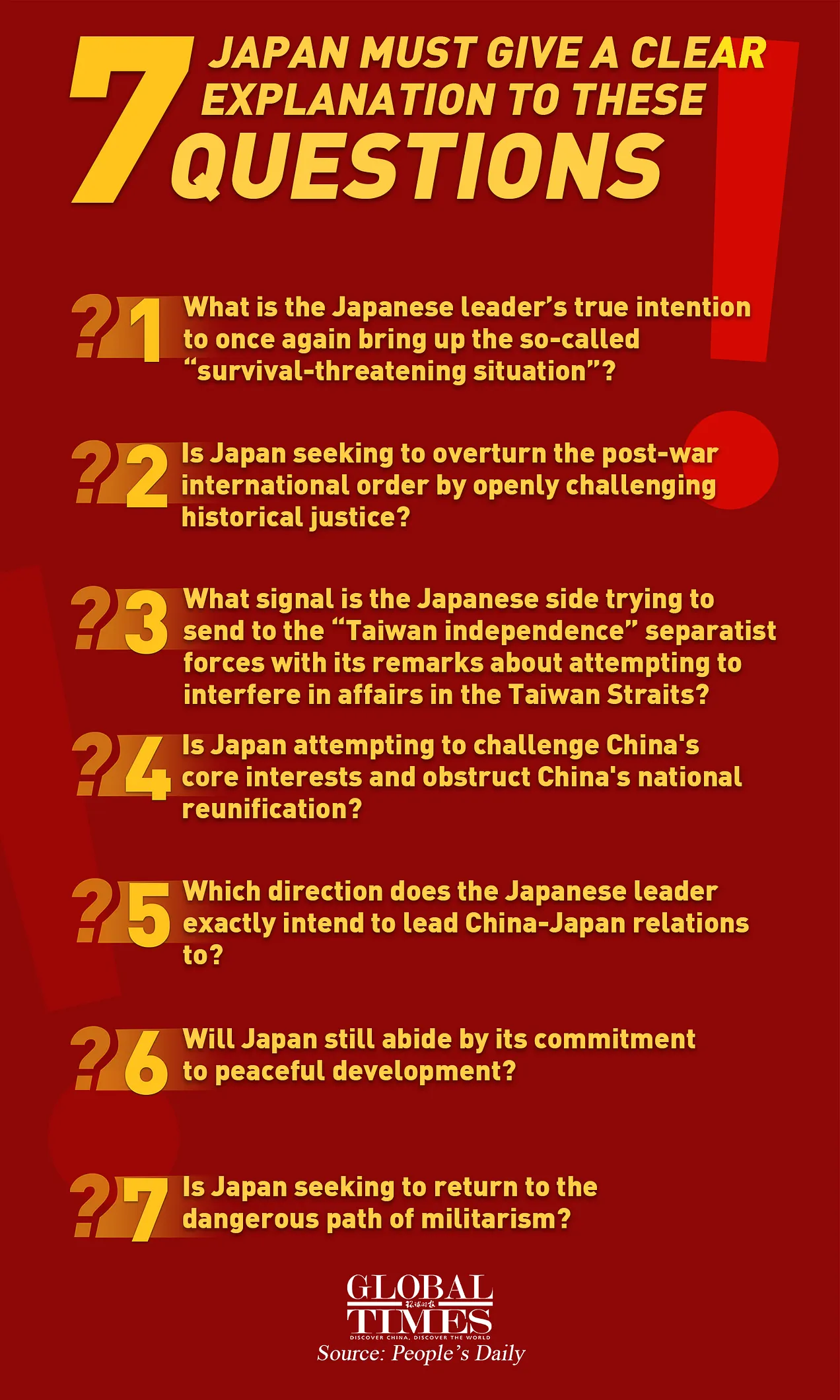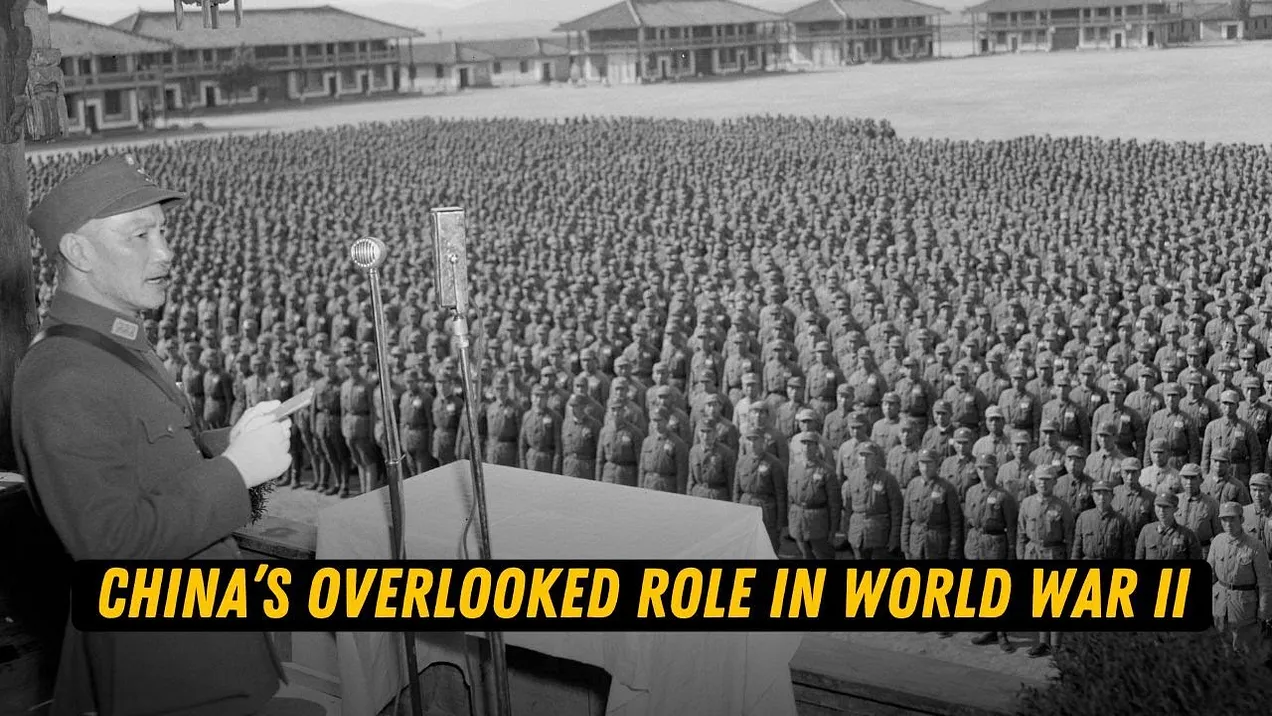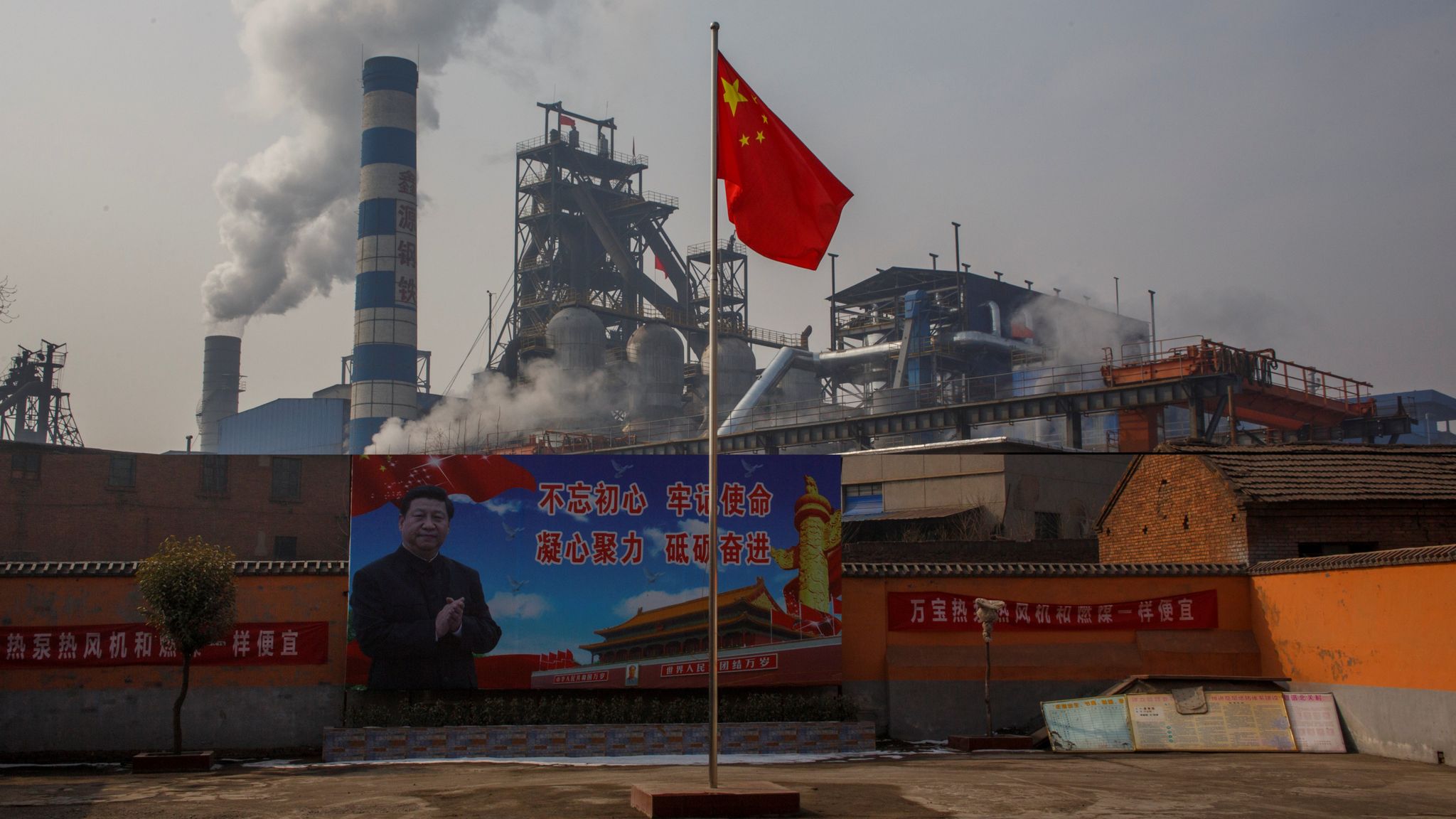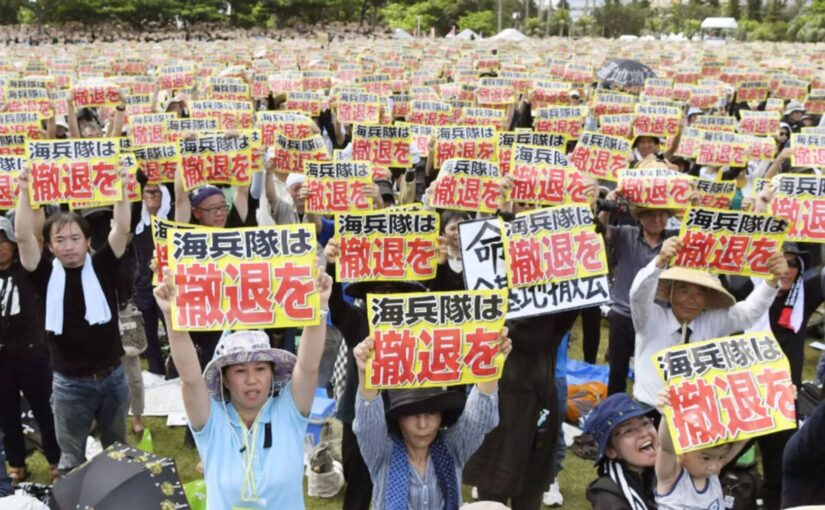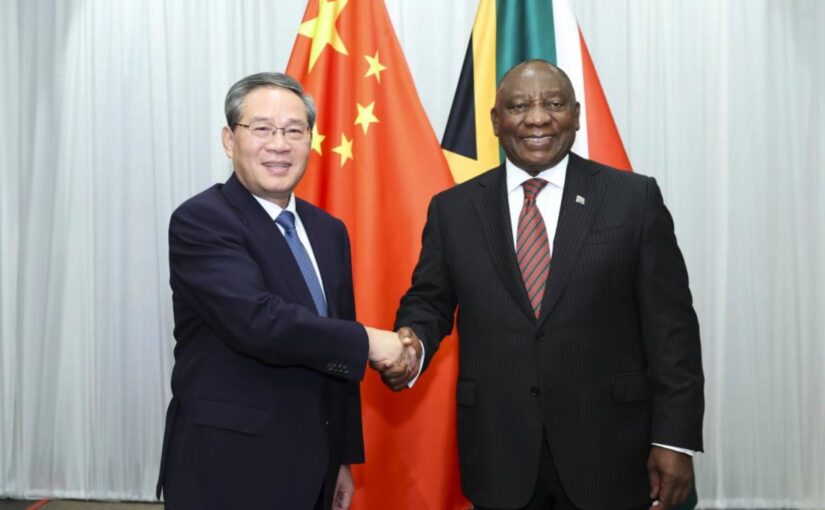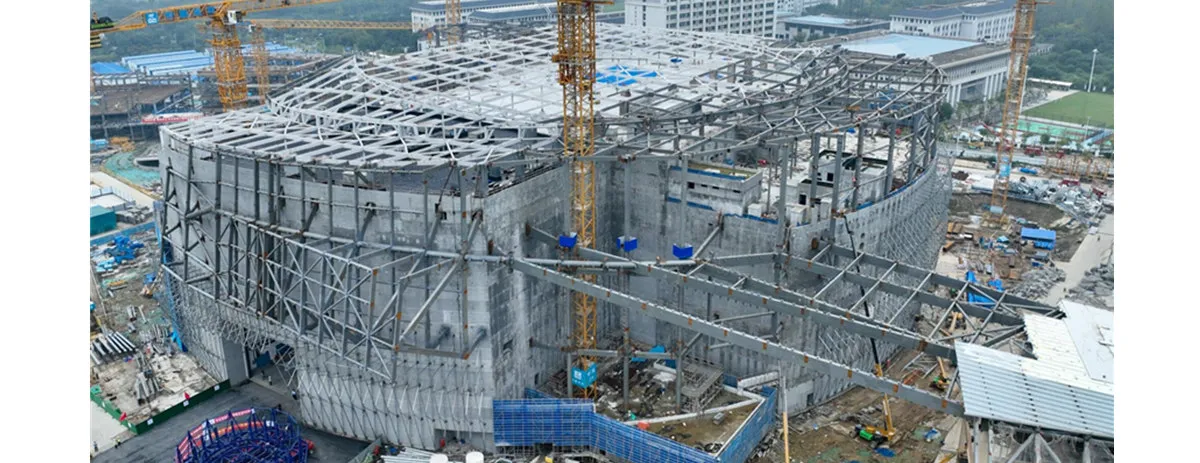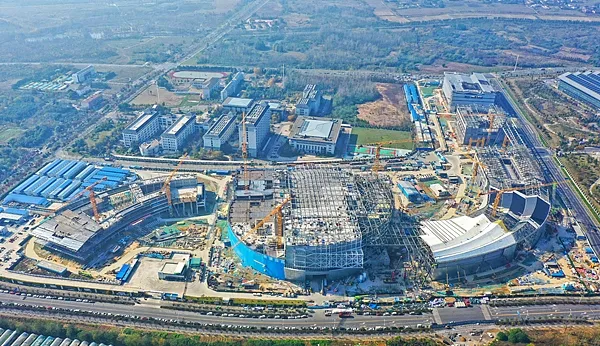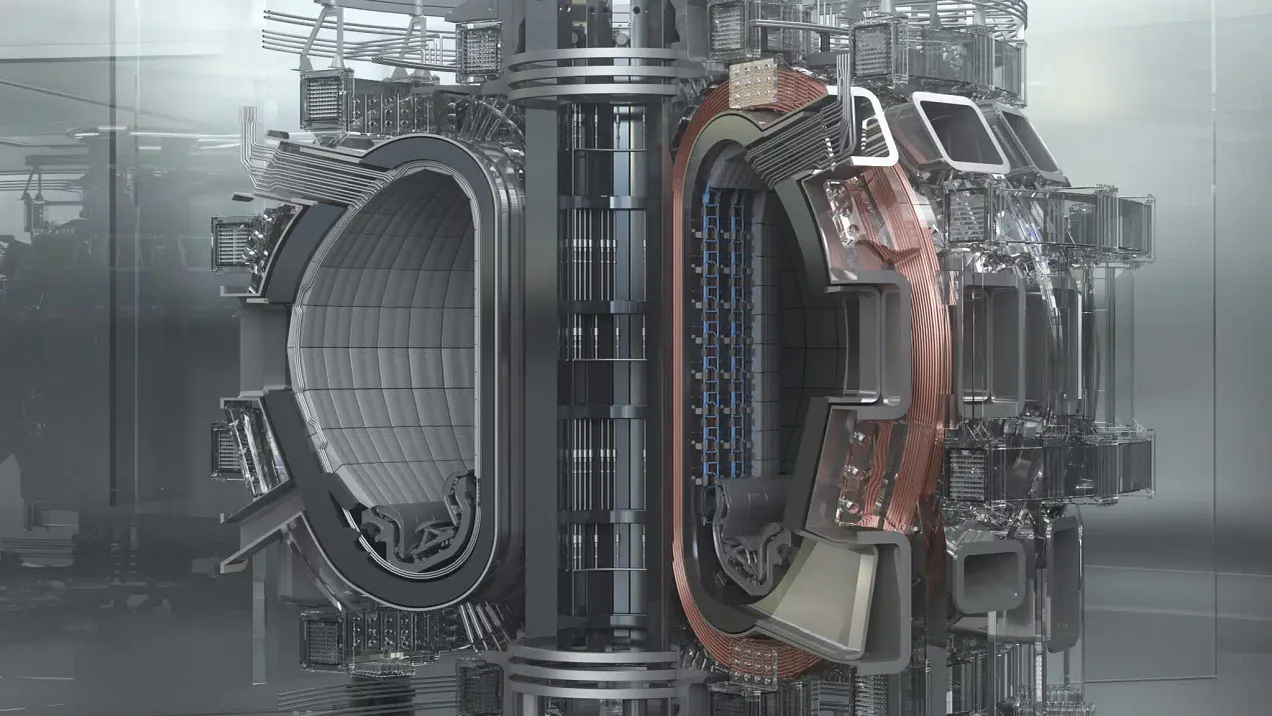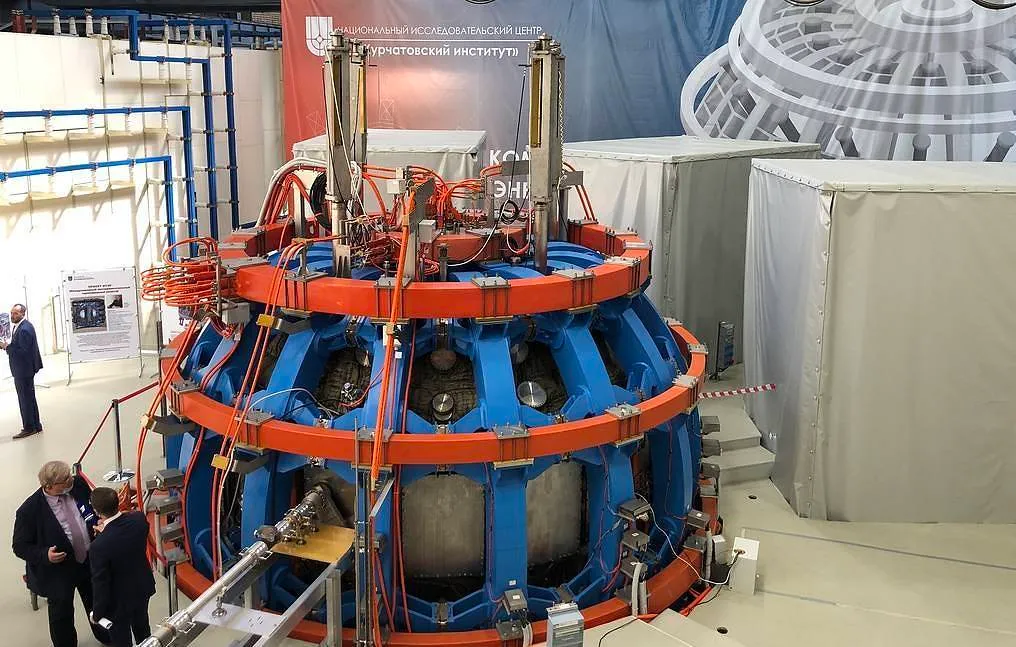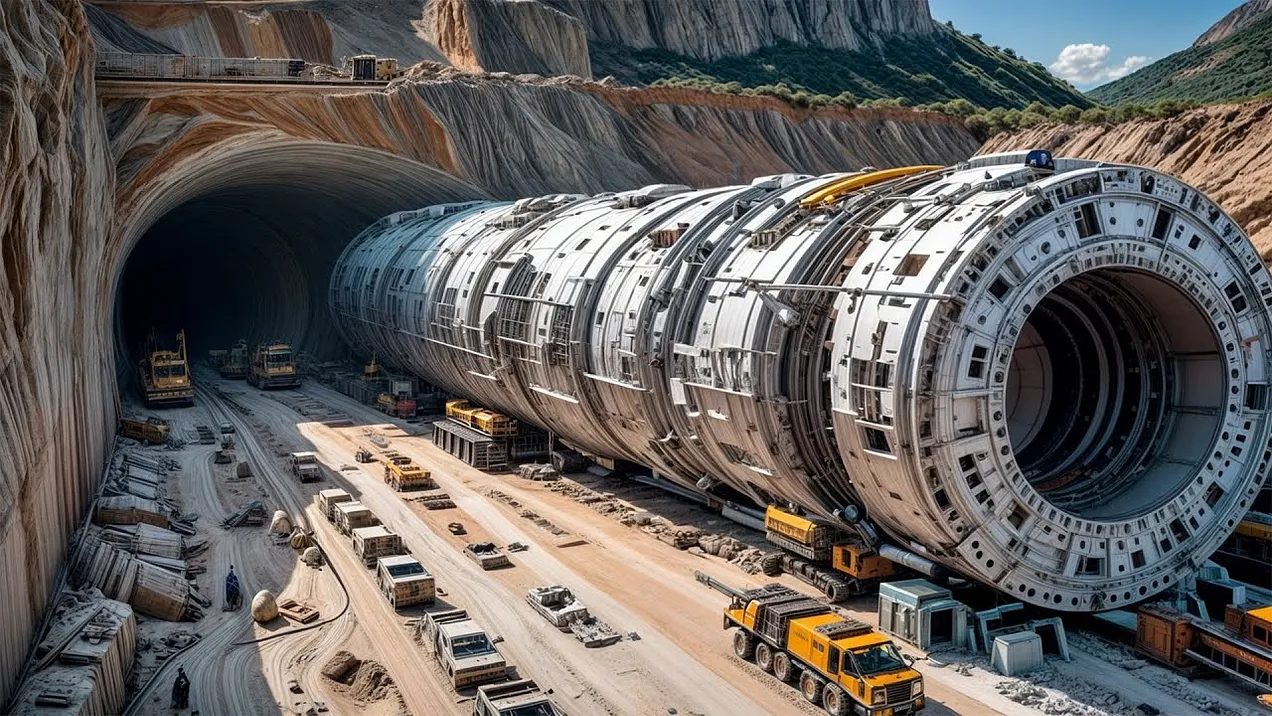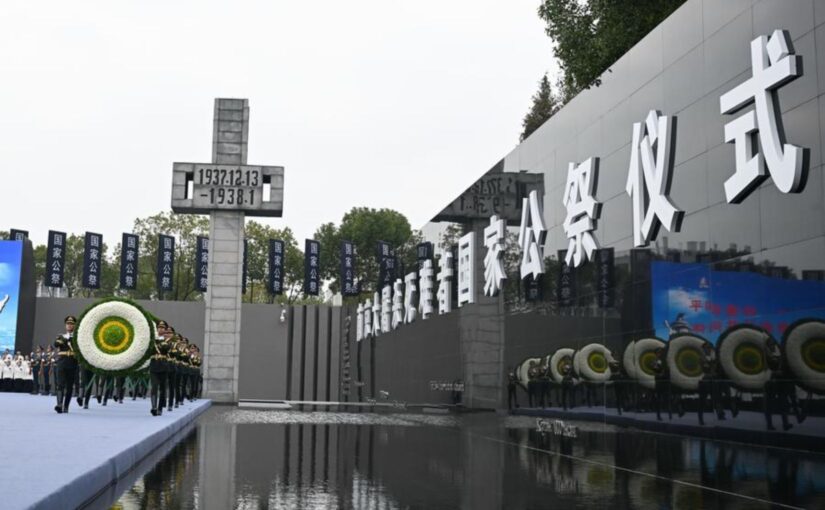Confucious, Hegel, Marx, Lenin, Mao & Xi
Karl Sanchez
Oct 26, 2025
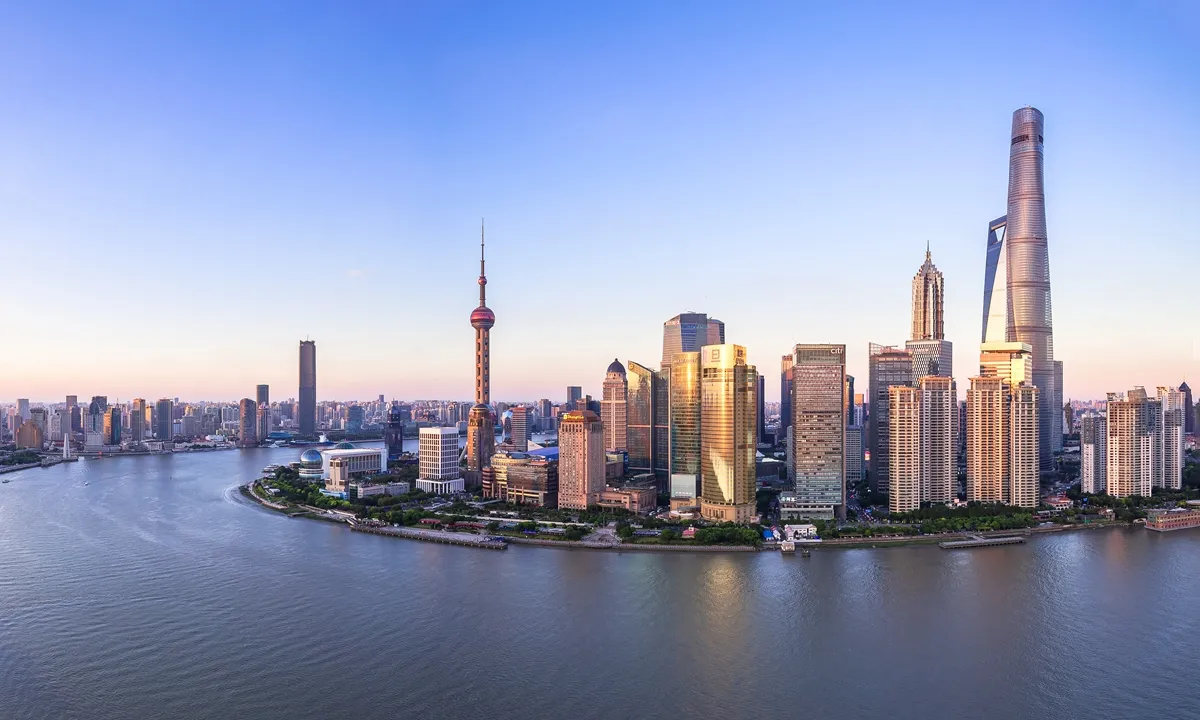
Modern Dynastic China
Dialectics is a evolutionary process. Wikipedia describes it thusly:
[T[he dialectical method, refers originally to dialogue between people holding different points of view about a subject but wishing to arrive at the truth through reasoned argument. Dialectic resembles debate, but the concept excludes subjective elements such as emotional appeal and rhetoric. It has its origins in ancient philosophy and continued to be developed in the Middle Ages.
Hegelianism refigured “dialectic” to no longer refer to a literal dialogue. Instead, the term takes on the specialized meaning of development by way of overcoming internal contradictions. Dialectical materialism, a theory advanced by Karl Marx and Friedrich Engels, adapted the Hegelian dialectic into a materialist theory of history.
And was further developed by Vladimir Lenin and adopted by Chinese Social Democrats/Communists. The history of Philosophy was presented to me and others as a ladder of philosophical thought that began with the first philosopher whose thoughts formed a basis that was subsequently built upon, the first thesis being complemented by its antithesis that then became the new thesis and so forth. So, by the time of Hegel there was an already formidable ladder students needed to climb if they were to be able to form the next series of theses. And the process of debating the prevalent thesis to arrive at its antithesis was deemed struggle as opposed to conflict. Now within the Confucian system, attaining Harmony and maintaining it was the paramount goal that accepted change but nothing that would alter the existing Harmony because it was felt that was optimal, even if contradictions existed.
The above preamble should prepare readers for the excellent discussion that follows that I learned about from Pepe Escobar’s excellent report on the recent fourth plenum of the 20th Central Committee of the Communist Party of China I highly encourage everyone to read. Zheng Yongnian, Dean of the Institute for Advanced Study of Global and Contemporary China at the Chinese University of Hong Kong (Shenzhen), and Yang Lijun, Assistant Dean of the Institute of Public Policy, South China University of Technology, composed the following essay, “It is difficult to understand China’s modernity without understanding the modernity of the Communist Party of China,” which was published by Guancha on 24 October. Guancha provides the following short introduction to the essay to provide context:
From October 20 to 23, the Fourth Plenary Session of the 20th Central Committee of the Communist Party of China was held in Beijing, and the “Proposal of the Central Committee of the Communist Party of China on Formulating the 15th Five-Year Plan for National Economic and Social Development” was deliberated and adopted, drawing a grand blueprint for the high-quality development of our country’s economy and society and pointing out the way forward.
The Communiqué of the Fourth Plenary Session of the 20th Central Committee of the Communist Party of China released after the meeting mentioned that it is necessary to “persist in leading the social revolution with the party’s self-revolution, persistently promote the comprehensive and strict governance of the party, enhance the party’s political leadership, ideological leadership, mass organization, and social appeal, improve the party’s ability and level of leading economic and social development, and gather majestic forces for promoting Chinese-style modernization.” “The construction of Chinese-style modernization is inseparable from the leadership of the Communist Party of China, and a deep understanding of the party’s key role in this process will help to more accurately grasp the direction and development path of Chinese-style modernization.
Now we get to read what ought to prove stimulating when we think about modernization, evolution and revolution and how they relate to national development, political development and geopolitics:
Noting this is excerpted from a much larger essay, Chinese Narrative: How to Tell Chinese Stories Well, 2023, by Zheng Yongnian and Yang Lijun was required and is only available in Chinese. There’s no mention of money as a contradiction or corrupting factor, although IMO their choice of term “commercial nature” means the same. And then we have this—“political elites have lost their decision-making autonomy”—which only makes sense when we consider them bought—commercialized—and working for those controlling them. The use of the term sociality I also found very curious while wrestling with how they see western political parties, and not just the Outlaw US Empire’s Duopoly. There are many exceptional observations but this one IMO stands out as it holds true for any political party:The Communist Party of China’s “self-revolution” and exploration of modernity
Since the reform and opening up [1978], all aspects of China’s modernization process and the modernity obtained have been discussed at home and abroad. Therefore, even when talking about the Communist Party of China, the topic always revolves around what the Communist Party of China has done and how it promotes social and economic development. To a large extent, people have ignored the modernization of the Communist Party of China itself and the modernity it has obtained. In fact, if we cannot understand the modernization and modernity of the Communist Party of China, it is difficult to understand modernization and modernity in all other aspects.
The most important fact is that the Communist Party of China is the main political body of China and the only ruling party. The Communist Party of China has more than 100 million members, and most of the social elites are within the party. Traditionally, the Communist Party of China has defined itself as the “vanguard”, and the “vanguard” is meant to play a leading role. Therefore, to discuss China’s modernization, we must first discuss the modernization of the Communist Party of China. If these 100 million people modernize, they can drive the modernization of the entire country. If the Communist Party of China does not modernize, then there will be no modernization of the country; If the Communist Party of China cannot achieve modernization by itself, it will drag down the modernization of the country; If the Communist Party of China itself first realizes modernization, then it has the ability to lead the modernization of the country.
Simply put, the modernization of all other aspects of China, including economic, social, and cultural aspects, depends on the modernization of politics, that is, the modernization of the Communist Party of China as a political subject. Therefore, we can call the reforms introduced by the Communist Party of China as the ruling party the “self-revolution” of the Communist Party of China, and through continuous self-revolution, the Communist Party of China has redefined its own modernity. On this basis, we can discuss the modernization of the country and China’s contribution to the international community.
From this perspective, to understand the self-revolution since the 18th National Congress of the Communist Party of China, we must understand the political power crisis facing the world today, especially the crisis of party governance. Without understanding the global power crisis, it is difficult to understand the world significance of the self-revolution carried out by the Communist Party of China.
How to explain the modernity of the Communist Party of China? This question requires placing the Communist Party of China in the history and evolution of China’s political enlightenment in modern times. As a modern political organization, such an organization as the Communist Party of China has never emerged in China’s history, it is the product of China’s modern political enlightenment, and it sprouted, emerged and developed in the Enlightenment movement.
There is a consensus in Chinese and foreign academic circles that the biggest difference between China’s traditional political system and the modern political system is that the purpose of the traditional political system is to preserve the old and maintain the status quo, while the purpose of the modern political system is to transform and progress. The traditional system is not without change, but the goal of change is to maintain the status quo, that is, to prevent “revolutionary” changes. After the Han Dynasty, “deposing a hundred schools of thought and respecting Confucianism alone” ideologically curbed any factors that could lead to major political changes. Confucianism became the only philosophy of rule, and the core of Confucianism was to maintain rule. The modern German philosopher Hegel believed that “China has no history”. Indeed, from Qin Shi Huang to the late Qing Dynasty for thousands of years, China only had dynastic changes, but no changes in basic systems. Marx’s concept of “Asian mode of production” is also consistent with Hegel’s concept. The “ultra-stable structure” of Chinese scholar Jin Guantao and others also means this. It can be said that this is the vitality of the traditional political system, but it can also be said that China has lacked structural changes for thousands of years.
The current political system is very different, mainly because the concept of progress was firmly established in the process of the Enlightenment, and society can be progressive, and progress can be endless. From Sun Yat-sen’s revolution to Chiang Kai-shek’s Kuomintang and then to the Communist revolution, generations of Chinese have pursued change, all with the same goal, that is, to change China and make progress. In the modern Enlightenment, people have made the most radical criticism and attack on the personal ethics of Confucianism, which maintained the old system in the past. However, although the ethics of the past are no longer feasible, there is no consensus among political forces on what the future looks like. What kind of changes does China need? How to pursue change? What is the purpose of the change? Various political forces hold different views.
The Communist Party of China chose to pursue the most radical and profound change, which is the socialist revolution pursued by the Communist Party of China since its founding, using revolution to overthrow the old regime, completely transform society, and establish a new system. Naturally, this also leads to the various contradictions facing China today, the most important of which is the contradiction between traditional Confucian philosophy and Marxism-Leninism, the former is to maintain the status quo or adjust oneself for survival, and the latter is to pursue change and infinite change.
After the mid-90s of the 20th century, the Communist Party of China accelerated its transformation from the original revolutionary party to the ruling party. This direction of transformation is extremely clear, but people’s understanding of the question of “what is the ruling party” is not very clear or profound. It can be said that since the beginning of the transformation, people have been in the process of exploring this issue, both at the theoretical and practical levels. However, one thing is clear: if a political party governs only for the sake of ruling, it will inevitably lead to its own decline. This is evident both in the history of the Soviet Union and the Communist Party in Eastern Europe, and in the historical and practical experience of the parties that calculate the legitimacy of their ruling party based on votes in the West today.
After the reform and opening up, the Communist Party of China redefined the modernity of the party, that is, to achieve the original revolutionary goal of solving the problem of “universal poverty”. However, while redefining modernity, the Communist Party of China also strives to preserve the “revolutionary nature” of the ruling party. For example, the “four modernizations of cadres” is a good example. The “four modernizations” are revolutionary, young, knowledgeable, and specialized. Revolutionization is at the forefront and of paramount importance, that is, only “revolutionization” can lead to modernity while achieving the new mission it has set.
However, because the modernity at the beginning of reform and opening up was mainly determined by the economic modernity of the country, the modernity of the ruling party was inevitably affected by this economic modernity. In the economic field, China quickly formed GDPISM. In terms of economic development, GDPISM has actually contributed to the complete change of “poor socialism” in just a few decades. Before the 18th National Congress of the Communist Party of China in 2012, China had become the world’s second largest economy and largest trading country, and its per capita GDP had also jumped from less than $300 in the early 80s of the 20th century to $6,000. More importantly, China has lifted nearly 700 million people out of absolute poverty. These achievements are regarded by the international community as a miracle in the history of the world economy.
However, GDPISM also profoundly affects the ruling party itself and the behavior of its party members and cadres. Simply put, the ruling party itself is heavily commercialized. In the report of the 19th National Congress of the Communist Party of China and the explanation of the revision of the Party Constitution, the Communist Party of China has fully realized the negative impact of commercialization on the Party as an organization and its individual Party members.
These phenomena that appear within the party may be common phenomena in modern business society, or these phenomena also have “modernity”, regardless of whether people like it or not. But in any case, this is the “modernity” that the Communist Party of China must avoid as the ruling party. If the ruling party accommodates these “modernities”, goes with the flow, and surrenders to them, then its decline becomes inevitable.
Therefore, the Communist Party of China needs to redefine its modernity by reaffirming its mission, emphasizing its original intention, reviving its revolutionary nature. As mentioned above, Mao Zedong’s idea was to maintain the modernity of the ruling party by “continuing the revolution”, but his experiment was unsuccessful. The modernity of the country’s economy as defined by Deng Xiaoping was successful, but the ruling party itself had problems. Since the 18th National Congress of the Communist Party of China, the ruling party has “removed” the commercial nature of political parties through large-scale anti-corruption campaigns, established new missions and built new institutional mechanisms, and redefined the behavior of party organizations and party members and cadres.
As mentioned earlier [this is an excerpt from their book], in China, the concept of “political party” was introduced from the West in modern times, but its meaning has changed significantly since its introduction. In the West, political parties are a tool for election campaigns and have no other function. In China, political parties are the main body of political action, and action is not only about survival and development, but also about leading the development of the country in all aspects. That is to say, the modernity of political parties is not defined and defined by the changing environment, on the contrary, the ruling party must take the initiative to define its own modernity through action, pursue and obtain its own modernity. By constantly updating and defining its modernity, the ruling party can maintain a sense of mission to lead social development while constantly renewing itself.
Modernity and the new mission of political parties
Establishing a new mission in the new era is the key to the CPC’s pursuit of modernity. In the era of popular democracy, Western political parties gained their legitimacy mainly through vote counting. In other words, society determines the modernity of the ruling party, not the other way around. In the era of elite democracy, the West also governs through consensus among elites, ordinary people do not have the right to vote, and decision-making is a matter for the elites. However, after entering the era of “one person, one vote” mass democracy, political elites have lost their decision-making autonomy. The logic here is actually very simple, because votes are given by members of society, and sociality determines the nature of the ruling party. This is also the root cause of today’s crisis of political parties in the West discussed earlier.
In China, the opposite is true. The legitimacy of the Communist Party of China is obtained and realized by establishing its mission and realizing its mission. In other words, the legitimacy of the Chinese Communist Party comes from its ability to deliver on its promises to society. The logic here is also obvious, that is, the ruling party must not only have a mission, but also have the ability to achieve it.
Therefore, in every major period, the leadership of the ruling party needs to make a basic judgment on the current situation of social and economic development and then establish its own new mission on this judgment. The most important topic of the previous National Congresses of the Communist Party of China is to answer the question “Where did it come from?” “Where are you now?” “Where is the future?” These questions. The same is true of the 18th and 19th National Congress of the Communist Party of China. Answering these three questions requires a basic judgment, and this basic judgment is the most important for the ruling party to establish a new mission. Only with this basic judgment can the Communist Party of China determine its new mission and future development direction. After this, there will be a specific action plan, and then it will be expressed in the form of a policy.
In 1949, the Communist Party of China led by Mao Zedong completed the most arduous task in modern times, the establishment of a new China. In the 30 years after the founding of the People’s Republic of China, a set of basic national political systems was established. Although all aspects of China’s system have changed after the reform and opening up, the basic institutional structure was established during the Mao Zedong era. Of course, this basic political system still needs to be improved and improved in the new era. After entering a new period of reform and opening up, in 1987, the 13th National Congress of the Communist Party of China put forward the party’s basic line in the primary stage of socialism, which is also a basic judgment. In 1992, Deng Xiaoping put forward the concept of “socialist market economy” after the “Southern Talk”, which is also an important part of Deng Xiaoping Theory. At the 14th National Congress of the Communist Party of China, the Communist Party of China once again emphasized that the party’s basic line of “one center, two basic points” should be managed for a hundred years and cannot be shaken.
New era, new judgment, new mission. Today, China has developed into another new era. “New era” is not just a term, it is a new basic judgment made by the Communist Party of China based on the reality that China’s social and economic development has reached a certain stage, but the development is still unbalanced and insufficient. The report of the 19th National Congress of the Communist Party of China pointed out that socialism with Chinese characteristics has entered a new era, and the main contradictions in Chinese society have been transformed into the contradiction between the people’s growing needs for a better life and unbalanced and inadequate development. At the same time, the changes in the main contradictions in Chinese society have not changed the CPC’s judgment on the historical stage of China’s socialism.
Although China has made great achievements since its reform and opening up, the ruling party also sees its own era and internal and external environment. Socialism cannot be achieved by “beating gongs and drums”. The leadership of the Communist Party of China has a very clear mind, and on the basis of fully affirming its own achievements, it faces challenges and looks forward to the future and has very serious and calm thinking and judgment on the problems it faces. This is also an important background for the ruling party to be concerned about the “two centenaries” since the 18th National Congress of the Communist Party of China.
At the beginning of reform and opening up, Deng Xiaoping planned a “three-step” strategy for China’s modernization development. The first step is to double the gross national product from 1981 to 1990 to solve the problem of food and clothing for the people. This was basically achieved in the late 80s of the 20th century. The second step is that from 1991 to the end of the 20th century, the GDP quadrupled compared with 1980, and the people’s life reached a moderately prosperous level. The third step is to achieve modernization by the middle of the 21st century, with per capita GDP reaching the level of moderately developed countries. Deng Xiaoping stressed that China will achieve democratic prosperity and strength in the middle of the next century (that is, the middle of the 21st century). Since then, because of China’s accelerated development, the central leadership collective with Jiang Zemin as the core has revised the plan for the 80s of the 20th century, proposing the “two centenary” plans to build a moderately prosperous society in an all-round way by the centenary of the founding of the Communist Party of China in 2021, and a prosperous, strong, democratic, civilized, and harmonious modern socialist country by the centenary of the founding of the People’s Republic of China by 2049.
The report of the 19th National Congress of the Communist Party of China also depicts a blueprint for the future: from the 19th National Congress in 2017 to the 20th National Congress in 2022, it is the historical intersection of the “two centenary” goals. In the report of the 19th National Congress of the Communist Party of China, two more stages of specific planning were made for the 30-year modernization goal from 2020 to 2050: the first stage will start in 2020, on the basis of building a moderately prosperous society in an all-round way, and strive for another 15 years to basically realize socialist modernization; In the second stage, from 2035 to the middle of the 21st century, on the basis of basic modernization, another 15 years of struggle will build China into a prosperous, strong, democratic, civilized, harmonious and beautiful socialist modern power. This new “two-step” plan that will last for 30 years is the strategic arrangement for the development of socialism with Chinese characteristics in the new era.
It should be said that the depiction of this blueprint is based on the above basic judgment. Judging from policy discussions over the years, China’s focus has shifted from how to avoid falling into the middle-income trap and how to upgrade the country to a high-income economy, a rich society. According to preliminary calculations, Chinese’s per capita GDP in 2021 has exceeded $12,000.
However, if China is to move from a middle-income to a high-income economy, the difficulty is obvious. In East Asia, there are only five economies that have so far escaped the middle-income trap and entered the high-income level, namely Japan and the Asian “Tigers” (South Korea, Singapore, Hong Kong, and Taiwan). These five economies have their own special historical conditions for becoming high-income economies. First, during the growth period of these economies, the world (mainly Western) economies were on a rapid rise, and they all belonged to Western-style economies, and the West “took good care of them”, at least without setting up too many barriers to market entry. Second, these economies are relatively small. Thirdly, the governments of these economies can form effective economic or industrial policies and become what academics call “development-oriented governments”.
But the situation in China today is very different. First, China’s economy is huge. Japan is the world’s third largest economy, but today China’s economy is more than twice the size of Japan. Second, the world economic situation is not optimistic. So far, the West has not completely emerged from the shadow of the 2008 world financial crisis. Judging from the current situation of the Western economy, it will still take a long time to return to normal growth. Because of the high degree of integration between China and the world economy, China’s internal development is inevitably subject to the overall economic situation of the world. Third, conflicts often arise between China and the Western economies of the United States and the United States due to various factors (such as the so-called national security, ideology and political system of the West), and the West is unwilling to fully open its market to China. So, how does Sino-US relations develop? Will there be a war between the largest and second largest economies? Will the two countries eventually enter a state of cold war? These are all issues of great concern.
However, China also has its own advantages over these five economies. China is a continental economy with great potential for internal development. In the past, Japanese economists proposed the “goose-shaped model” of East Asia’s economic development, which talked about how East Asia can take off economically from Japan and then expand to other economies. Japan was the first economy in Asia to achieve modernization and economic take-off, and then with the increase in labor costs within Japan, some low-value-added industries began to move to other economies, and Japan itself turned to high-value-added industries. Asia’s “Tiger Tigers” have achieved economic take-off after Japan. After that, economic modernization spread to Malaysia, the Philippines, Thailand and other countries.
China is a latecomer. However, China’s internal self constitutes a “goose-shaped model”. To this day, only the eastern coastal region has basically modernized its economy, the central region is taking off, and the western part is still to be developed. In terms of technology, although the external environment is unclear, after more than 40 years of development, China’s technology has also accumulated to a point where it can take off. Overall, China is still a middle-income country with many poor people, which points to a huge space for China’s future development. At the same time, externally, China is also vigorously developing its international economy and opening up international markets through strategies including the Belt and Road Initiative. In other words, China has the potential to escape the middle-income trap and elevate itself to a high-income economy in the coming stage. This is also the rationality of China’s recent “dual circulation” strategy.
More importantly, when Chinese society meets the needs of food and clothing and generally achieves a moderately prosperous society, other needs, such as the demand for a better environment, social fairness and justice, and political participation, are also increasing day by day, which shows the imbalance between China’s economy and society, economy and environment, or material and spiritual civilization. This imbalance can be both a problem and a driving force for progress. Therefore, the report of the 19th National Congress of the Communist Party of China proposed to “better promote the all-round development of people and the all-round progress of society”.
However, there is a prerequisite for the existence of an effective government. Without an effective government, it is difficult to realize all these potentials. The mission of the Communist Party of China can ensure the existence of an effective government.
If the Communist Party of China does not modernize, then there will be no modernization of the country; If the Communist Party of China cannot achieve modernization by itself, it will drag down the modernization of the country; If the Communist Party of China itself first realizes modernization, then it has the ability to lead the modernization of the country.
Mao’s idea of continual revolution is equivalent to climbing the dialectic ladder and Xi Jinping’s continual modernization by both party and society is the direction being set to accomplish them both. Solve the contradictions via modernization and climb the ladder in a temporal manner. At the same time, the evolution of society and the related maturing of Humanity is advanced. Stasis and status quo may provide Harmony, but Harmony can be ensured by advancing the current Harmony, so Humanity doesn’t become complacent. Of course, all this needs to be worked out within a global situation that’s far from Harmony—indeed, Discord rules at present.
Hopefully, the question of how to resolve the Discord was also discussed. The only peaceful path seems to be persuading those causing Discord to alter their behavior by modernizing themselves and thus emerge from their self-imposed commercialized Exceptionalism road to nowhere. But persuasion requires one side to listen to the argument presented. If listening is refused, then no change will occur, which is the current situation.
https://karlof1.substack.com/p/climbing ... der-chinas
******
China is ready to fight over rare earths
Lorenzo Maria Pacini
October 28, 2025
When you become the world’s largest economic power, you have to be prepared for a battle.
Ready for anything
When you become the world’s largest economic power, you have to be prepared for a battle.
China is ready to fight to secure its supremacy in rare earths.
While the world’s attention was focused on the so-called ceasefire “imposed” by US President Donald Trump in Gaza, his 20-point “peace plan” and diplomatic maneuvers in West Asia, an unexpected decision by Beijing suddenly redrew both the global economic map and the framework of US-China relations. On October 9, the Chinese Ministry of Commerce announced new regulations imposing severe restrictions on the export of rare earth elements, a move that directly affects the defense and semiconductor industries, shattering the already fragile détente between Washington and Beijing.
It is no exaggeration to say that Beijing’s announcement infuriated Trump. The next day, the US president launched an attack on Truth Social, declaring that, starting November 1, the United States would impose an additional 100% tariff on Chinese imports. Trump accused China of “holding the world hostage,” writing: “China is putting all countries in a difficult position with rare earths. This is particularly inappropriate at a time when the peace plan for Gaza is underway!”
The highly anticipated meeting between Xi and Trump scheduled for the APEC summit now seems unlikely (or will we see a twist?).
But what are we talking about in detail?
The importance of rare earth elements
From a chemical point of view, rare earth elements refer to a group of 17 metallic substances: 15 from the lanthanide series of the periodic table, plus scandium and yttrium. Despite their misleading name, these elements are relatively abundant in the Earth’s crust; what makes them “rare” is that commercially exploitable concentrations are rare and the separation process is extremely complicated. They are essential to modern technology: they are used in electric vehicle batteries, wind turbines, smartphones, and advanced military equipment such as fighter jet radars.
According to the U.S. Geological Survey (USGS), without these elements, the production of chips for artificial intelligence, defense technologies, and renewable energy systems would grind to a halt. A single wind turbine requires about 300 kilograms of neodymium, while each F-35 fighter jet contains thousands of dollars worth of rare earth materials.
China enjoys a dominant position in this sector. The USGS 2025 report indicates that approximately 36% of global reserves, amounting to about 44 million tons, are located in China, followed by Vietnam (22%) and Brazil (18%). The imbalance is even more pronounced in production: in 2024, China accounted for about 70% of global production (270,000 tons), a figure that is expected to remain stable in 2025. In terms of refining capacity, China’s supremacy is overwhelming, accounting for over 90% of the global total.
This dominance is no accident. Since the 1980s, Beijing has supported the sector through state subsidies, low-cost mining, and export discounts of up to 17%. The United States, by contrast, has only about 2% of total reserves and depends on China for about 70% of its imports. Although Washington is attempting to develop alternative supply chains, experts agree that it will be extremely difficult to achieve real diversification before 2030. China’s new export restrictions therefore strike at a particularly vulnerable point.
Chinese mining technologies
Over the past two decades, China has consolidated its dominant position in the global rare earths sector, controlling over 60% of world production and an even higher percentage of downstream refining and processing. This dominance is not simply the result of resource availability, but of a coordinated set of industrial policies, technological innovations, and environmental strategies that have enabled the country to maintain a structural advantage in a sector considered strategic for energy transition and global technological security.
Chinese technologies for rare earth extraction are divided into two main approaches: extraction from hard rock mines and extraction from ionic clay deposits.
In the first case, China uses conventional open-pit and underground mining methods, employing explosives and mechanical crushing techniques to release bastnäsite, monazite, and xenotime minerals. However, the innovation lies in the subsequent stages: initial separation is carried out by selective and high-intensity magnetic flotation, accompanied by chemical pre-treatment with diluted acids to maximize the yield of the raw ore.
The process used in ionic clay deposits, typical of southern regions such as Jiangxi, Guangdong, and Guangxi, is more sophisticated. In these cases, rare earths are not found in crystalline form but adsorbed on clay surfaces, which requires more delicate and chemically controlled extraction techniques. China has perfected the use of in-situ leaching, a technology that involves injecting solutions based on ammonium salts, sulfates, or chlorides into the soil, which mobilize rare earth ions without the need to excavate or transport large volumes of rock. This method reduces environmental impact and labor costs, although it does carry risks of groundwater contamination, which are now partially mitigated by monitoring protocols and geochemical barriers.
China’s real technological strength lies in the separation and refining stages, where the country has developed highly efficient methods. The key technology is multiple solvent extraction, used to separate rare earth elements from each other. The process takes place in chains of thousands of separation stages, where mixtures of acids and organic solvents are circulated in closed-loop systems, allowing purity levels of over 99.99% to be achieved.
At the same time, some research centers, such as the Baotou Research Institute of Rare Earths and the Institute of Process Engineering of the Chinese Academy of Sciences, have introduced innovations based on ion exchange resins and nanofiltration membranes, which can reduce reagent consumption and improve recovery efficiency. These technologies are gradually replacing more polluting practices involving the heavy use of acids, contributing to improved sustainability in the sector.
All of this has clearly embarked on an advanced digitization process, integrating artificial intelligence and Internet of Things (also known as IoT) systems into mining operations. Through real-time sensors, machine learning algorithms, and predictive models, companies are now able to optimize reagent dosing, predict mineral behavior, and monitor extraction flows to reduce waste and energy costs.
Leading companies in the sector, such as China Northern Rare Earth Group and Minmetals Rare Earth Co., are adopting mining intelligence solutions that include autonomous vehicles, drones for geological mapping, and remote control systems for chemical leaching operations. These innovations are part of the national industrial modernization strategy outlined in the Made in China 2025 plan, which aims to strengthen the country’s technological leadership in materials critical to the green economy.
There has also been a major overhaul of environmental protocols related to rare earths, following decades of intensive mining that caused extensive ecological damage. Stricter regulations have been introduced, particularly for the treatment of wastewater and radioactive waste containing thorium and uranium. At the same time, a recycling chain has been developed, based on hydrometallurgical and pyrometallurgical processes applied to permanent magnets, catalysts, and spent batteries. This “urban mining” strategy allows valuable materials to be recovered, reducing dependence on new deposits and mitigating the overall environmental impact of the sector.
This gives China an advantage not only in terms of production capacity—which is enormous and still unmatched in terms of numbers—but also in terms of its vertically integrated supply chain. This integrated model allows it to control not only raw materials but also global supply chains in strategic sectors, including wind power, electronics, electric vehicles, and defense, but also in terms of cutting-edge technologies with a lower environmental impact.
The new Chinese decree is a geostrategic message
The October 9 decree justifies the export restrictions on grounds of “national security.” The initial restrictions, introduced in April 2025 in retaliation for Trump’s tariffs, targeted seven elements: lanthanum, cerium, praseodymium, neodymium, samarium, gadolinium, and dysprosium. The October announcement expanded the list to include five more elements: holmium, erbium, thulium, europium, and ytterbium, bringing the total number of elements now subject to export licenses to twelve. It was also clarified that these licenses will not be issued to major US defense contractors, including Raytheon and Lockheed Martin, and will also protect domestic companies, including the sanctioned Huawei, a leader in the telecommunications market and a defense contractor.
It is clear that China’s new plan is more than an economic decision: it sends a clear geostrategic message. We are witnessing an attempt by Beijing to counter the West’s technological claims by asserting the East’s superiority in terms of natural resources, and indeed China has long used rare earths as a geopolitical tool, particularly during the 2010 embargo against Japan. The US defense industry remains heavily dependent on Chinese materials, and the new export restrictions could paralyze production lines.
Trump, meanwhile, betrays his deepest concern: that the “America First” economy could backfire by fueling domestic inflation. Revenge for all this may lie just a few miles off the Chinese mainland coast, in Taiwan, the island so coveted by the American establishment of all parties.
With this decisive move, Beijing has shifted the confrontation to a terrain of its own choosing. Even if the meeting between Xi and Trump in South Korea does eventually take place, it is already clear that the APEC summit will serve as a new battleground, where diplomacy and economic warfare will clash.
https://strategic-culture.su/news/2025/ ... re-earths/

